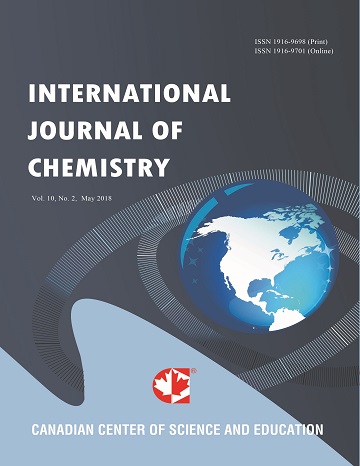Thermal Analysis and Characterization of Some Cellulosic Fabrics Dyed by a New Natural Dye and Mordanted with Different Mordants
- Saher Ibrahim
- E. S. El-Amoudy
- K.E. Shady
Abstract
A new natural dye was extracted from Bisham plant then applied to cotton and linen fabrics. The thermal stability of these fabrics in their blank state then dyed by this natural dye (Commiphora-gileadensis), and then mordanted by different mordants that are; Alum (Potassium and Aluminum Sulfate) AL2K2 (SO4).24H2O - Chrome (Potassium di-Chromate K2Cr2O7 ) and Ferrous sulfate (FeSO4.7H2O) which were applied separately. Thermal analysis is a convenient, useful and reproducible method for characterizing complex organic materials. Thermo-gravimetric analysis (TGA), its differential (DTG) and differential scanning calorimetry (DSC) were used to evaluate the effect of mordanting cotton and linen fabric on their thermal behaviour. These techniques can distinguish between different fiber generic types and between different mordants applied to their dyed fabrics. It was possible to detect the presence of the mordant component when present in small proportions. Although cotton and linen fabrics produce the same DTG peaks, they can be differentiated as their main endothermic peaks occur at significantly different temperature (about 348,339oC respectively).Also, linen fabric produces an asymmetrical deep peak compared with the sharper, more symmetrical peak of cotton.
- Full Text:
 PDF
PDF
- DOI:10.5539/ijc.v3n2p40
Index
Contact
- Albert JohnEditorial Assistant
- ijc@ccsenet.org
